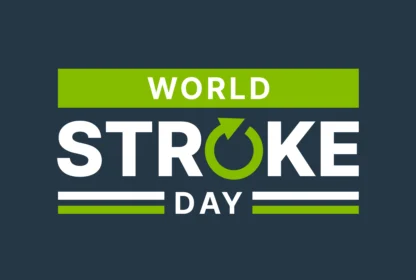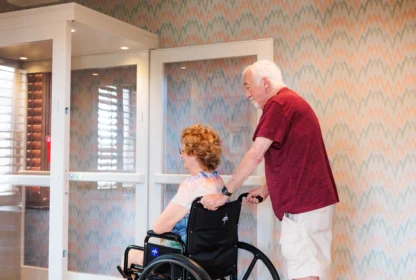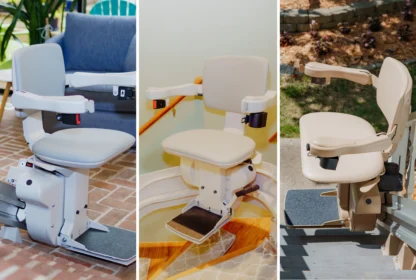Medical Equipment & Home Modifications: What Medicare Will (and Won’t) Cover

Medicare will cover it, right?
Not always. Far too many people associate Medicare with the payment of any bill or coverage of any expense related to senior care, but that is not the case.
It’s not just because Medicare dollars, like other federally funded programs, are experiencing cuts and reductions, though the increased demand, changing regulations, higher costs, and lower reimbursements have certainly had an impact.
Even in its early days, Medicare didn’t cover everything, but there weren’t as many senior care options than either. Also, in defense of the average American, the ins and outs of Medicare can be quite complex; few people truly understand its scope and most won’t even learn about it until there is a need.
Joseph L. Matthews, an attorney, author, and senior editor at Caring.com writes about Medicare, Medicaid, and Veterans Administration (VA) coverage of home equipment (power scooters, hospital beds, walkers, etc.) or modifications (widening hallways, installing grab bars, etc.) at Caring.com. According to the piece, Medicare and Medicaid will cover some medical equipment but will not cover any home modifications. Here are a few other highlights from the article:
- Medicare Part B covers a portion of the purchase or lease of certain approved types of DME (durable medical equipment). You cannot use Part B to cover things like stairlifts, wheelchair ramps, or walk-in tubs, as these would be permanently installed in the consumer’s home.
- Some people have elected to enroll in a Medicare Advantage Plan (Medicare Part C); if so, you may be eligible for comparable (or greater) coverage on DME. For more specifics on where to rent or purchase the equipment (a list “participating suppliers”), how much is covered and what comes out of pocket, and other details of the benefit, check out the Medicare website: Medicare.gov, or review the official list of Durable Medical Equipment Coverage guidelines.
- The coverage of DME is similar to that of Medicare; again, home modifications (like wider hallways) are not covered. However, several states have special Medicaid pilot programs that will cover some home modifications for eligible consumers. Check with your local Medicaid office to find out if such a program is available in your community.
- Again, benefits and coverage of DME via the Veterans Administration are much like Medicare’s and Medicaid’s, but there are three grants for eligible service members to make necessary home modifications and adaptations (for example, making a home wheelchair-accessible): the Special Home Adaptation (SHA) grant, Home Improvement, and Structural Alteration (HISA) grant, and Specially Adapted Housing (SAH) grant. Find out who’s eligible and for how much in the Caring.com article (click here).
These programs and benefits are critical for those who opt to age in place rather than transition to assisted living or other types of residential care, a number that is growing each day. Aging in place may be a more cost-effective option in the long run, but it may also require a greater up-front investment, which definitely discourages many from choosing that path. Don’t give up so quickly though: besides the coverages we’ve summarized above, check out this extensive resource guide we compiled, titled, Where the Heart Is: How to Pay for Home Modifications. The article offers information about and links to more information on a number of grants, loans, tax incentives, and other means of financial assistance for various types of home modifications. Read it here.


